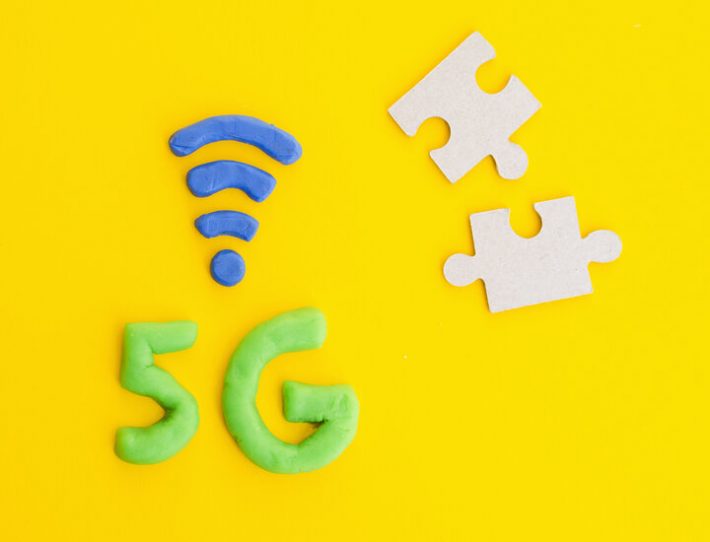U.S. military systems coexist with ‘full-power’ 5G networks in the lower 3 GHz band in over 30 countries, according to new research commissioned by CTIA. The research shows that at least 150 MHz of spectrum in the lower 3 GHz band can be made available for licensed commercial use in the United States while protecting key military radar and systems.
Today, more than 50 countries operate ‘full-power’ 5G networks in the 3.3-3.45 GHz range, with an additional 20 countries expected to join them. In the United States, the band is currently being studied by the secretary of commerce in coordination with the Department of Defense.
In advance of that report, new research from GSMA, CCS Insight and DLA Piper, summarised in a CTIA paper, shows that 5G operates today alongside the same DoD systems that are used domestically – highlighting that 5G can operate in the 3.3-3.45 GHz band in the U.S. fully consistent with preserving our national security. U.S. military systems shown to coexist with full-power 5G in the lower 3 GHz band include station-keeping equipment (SKE) and airborne radars such as the airborne warning and control system (AWACS), shipborne systems such as the AN/SPY-1/6, as well as ground-based radars such as the AN/TPQ-53.
“The best evidence that 5G can co-exist with the Pentagon’s operations is what is happening around the globe in allied nations,” says Meredith Attwell Baker, CTIA president and CEO. “These real-world examples demonstrate a clear path forward to make available at least 150 megahertz of lower 3 GHz spectrum for full power 5G services while safeguarding the military systems protecting Americans.”
Countries where U.S. military systems operate alongside lower 3 GHz 5G networks include Japan, Taiwan, South Korea, the Philippines, Mexico and several NATO member states. These systems also operate alongside full-power 5G signals in the lower 3 GHz band within the continental United States along the border with Mexico. Research shows that Mexican providers operate 5G in the band without restriction less than four miles from Fort Bliss in El Paso, Texas.
“It is well-established that the U.S. needs additional commercial mid-band spectrum to meet increasing consumer demands for wireless data, enhance our national security and secure our leadership of the innovations and industries of the future,” says Baker. “We should ensure U.S. policy promotes 5G deployment in the United States in a manner consistent with how spectrum is being used in the rest of the world.”
The U.S. wireless industry faces a looming spectrum deficit, requiring 400 megahertz by 2027 and nearly 1,500 megahertz by 2032 to keep up with expected consumer demand. Commercial access in the lower 3 GHz band would help address this shortfall, while also helping to ensure that American consumers benefit from the economies of scale resulting from using internationally harmonised spectrum bands.
Comment on this article below or via Twitter: @VanillaPlus OR @jcvplus






